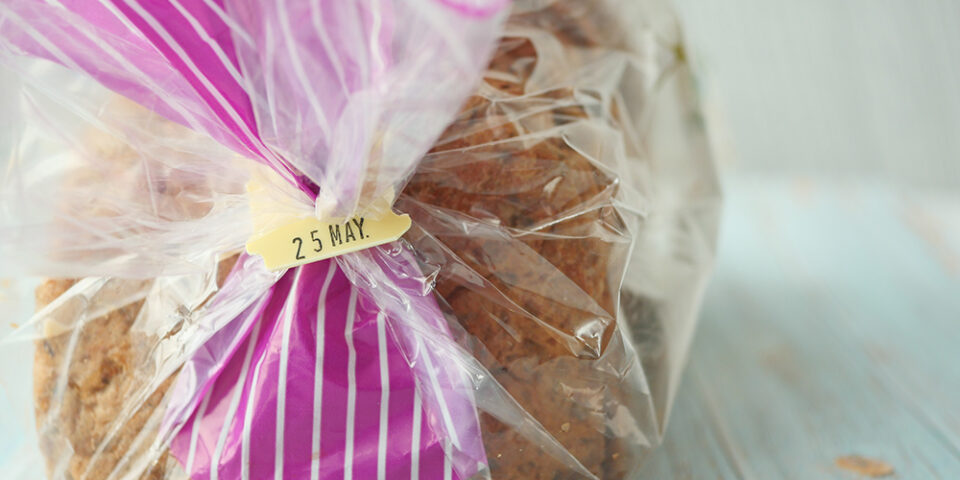What do food expiration dates really mean?
You take a pack of chicken out of the refrigerator and notice the “best if used by” day was … yesterday. Does that mean it’ll make you sick and it’s better to trash it? Registered dietitian Lindsay Kirkland explained what you need to know about food expiration dates.
What do the expiration dates on food mean?
“There are a bunch of different expiration phrases that you’ll see on food,” Kirkland said. “A lot of times, these are just for processing and for stores to know when they need to sell these foods. It is not a food safety regulation.”
According to the U.S. Department of Agriculture, except for infant formula, product dating is not required by federal law. Manufacturers provide dating to help consumers and retailers decide when food is of best quality.
Here are some commonly used phrases and their definitions:
- “Best if Used By/Before” – Indicates when a product will be of best flavor or quality.
- “Sell-By” – Tells the store how long to display the product for sale.
- “Use-By” – Is the last date recommended while at peak quality. It is not a safety date except when used on infant formula.
- “Freeze-By” – Indicates when a product should be frozen to maintain peak quality.
Kirkland said it’s fine to eat food that has passed the date as long as the food has been stored appropriately and there’s no spoilage.
“If something has a foul odor or looks like it’s starting to go bad, just toss the food.”
How long can food be stored in a freezer?
From a foodborne illness standpoint, food can be stored in a freezer indefinitely. Once the food is frozen, it’s below zero degrees Fahrenheit and any foodborne illness will become inactive. However, quality will go down the longer food remains frozen.
Is it okay if you accidentally eat moldy food?
“It depends,” Kirkland said. “There are some molds that are harmful and some molds that aren’t harmful. Certain molds can cause allergic reactions or respiratory problems, and other molds can cause a poisonous toxin in your body. If you see something moldy, it’s safest to not eat it.”
If you cut around or remove the moldy piece of the fruit, is it still okay to eat?
“If the fruit is firm, like an apple or a pear, cutting around that moldy piece and eating the rest of it is fine,” Kirkland said. “If it’s a softer fruit with a higher moisture content, you don’t want to eat around a moldy part. For example, say you have a package of blueberries and you notice that three of the blueberries have mold on them. You can get rid of the ones that have mold and the rest of them should be fine.”
Find a doctor
Whether you’re looking for a primary care physician or need to see a specialist, we’re here to help with experienced, compassionate care near you.
Find a Doctor

